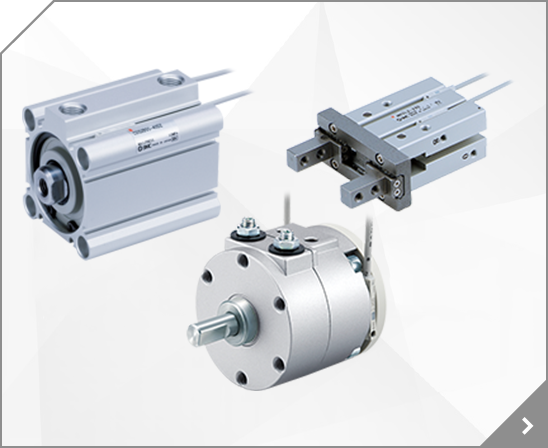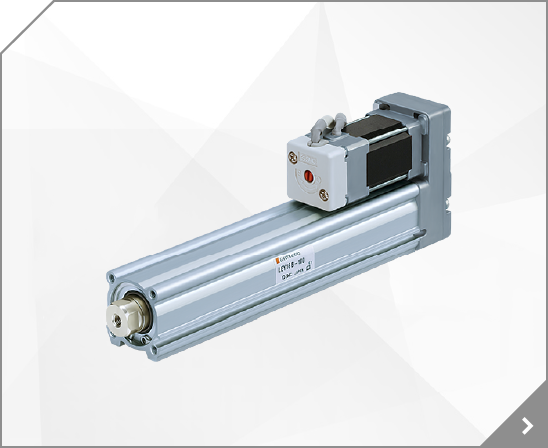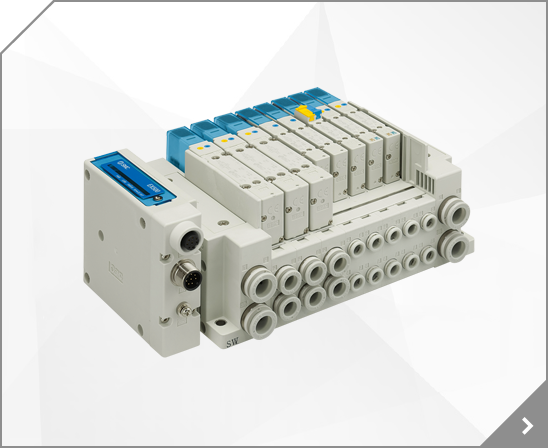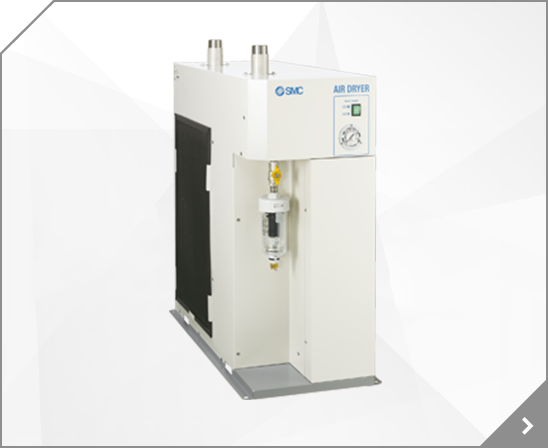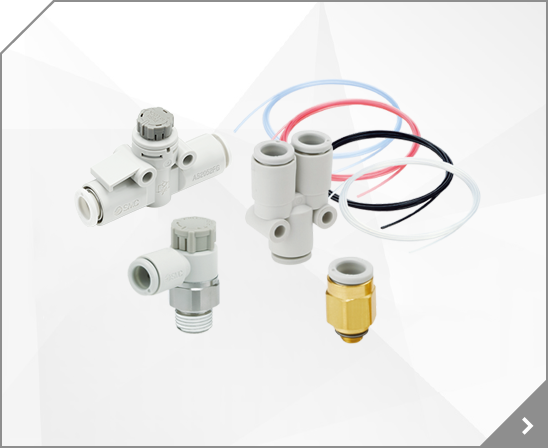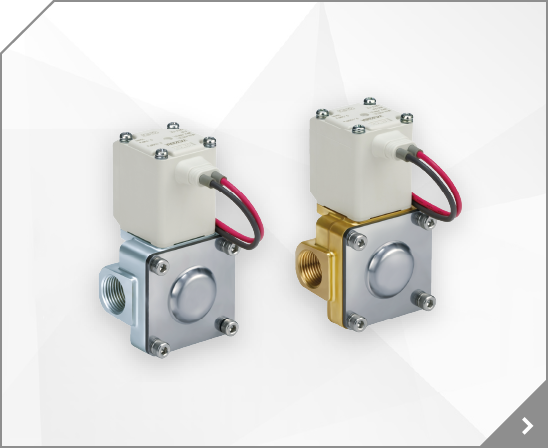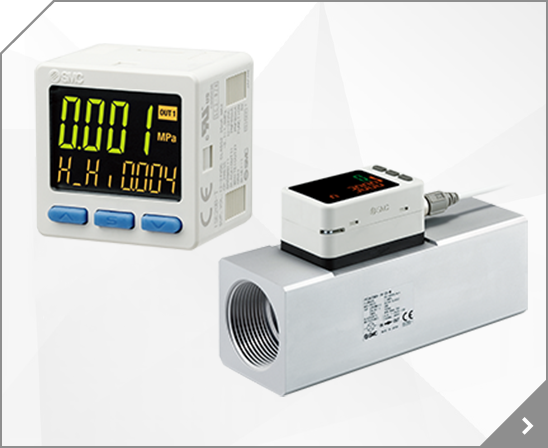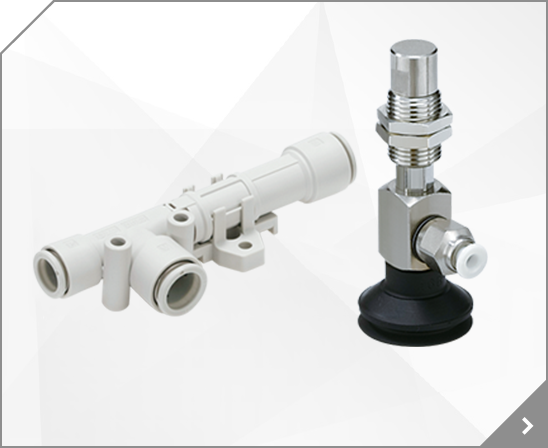
Type: [Fitting] One-Touch / Screw, Fitting Type: Screw Mount Direction, Tube Size 1(φ): 6, Threaded Adapter Shape: [Elbows] Elbow, Body Material: [PBT Resin] PBT+Brass, Application: Standard/Mini, Thread Portion Material: [Brass] Standard (Brass), Packing, Material of O-Ring: [NBR] Standard (NBR), Threaded Adapter Elbow Shape: [45° Elbows] 45° Elbow Union, Compatible Fluid: Water / Air, Type
Type: [Fitting] One-Touch / Screw, Fitting Type: Screw Mount Direction, Tube Size 1(φ): 6, Threaded Adapter Shape: [Elbows] Elbow, Body Material: [PBT Resin] PBT+Brass (Electroless Nickel Plating), Application: Standard/Mini, Thread Portion Material: [Brass] Brass + Electroless Nickel Plating, Packing, Material of O-Ring: [NBR] Standard (NBR), Threaded Adapter Elbow Shape: [45° Elbows] 45
Type: [Fitting] One-Touch / Screw, Fitting Type: Screw Mount Direction, Tube Size 1(φ): -, Threaded Adapter Shape: [Elbows] Elbow, Body Material: [PBT Resin] PBT+Brass, Application: Standard/Mini, Thread Portion Material: [Brass] Standard (Brass), Packing, Material of O-Ring: [NBR] Standard (NBR), Threaded Adapter Elbow Shape: [45° Elbows] 45° Elbow Union, Compatible Fluid: Water / Air, Type
Type: [Fitting] One-Touch / Screw, Fitting Type: Screw Mount Direction, Tube Size 1(φ): -, Threaded Adapter Shape: [Elbows] Elbow, Body Material: [PBT Resin] PBT+Brass, Application: Standard/Mini, Thread Portion Material: [Brass] Standard (Brass), Packing, Material of O-Ring: [NBR] Standard (NBR), Threaded Adapter Elbow Shape: [45° Elbows] 45° Elbow Union, Compatible Fluid: Water / Air, Type
Type: [Fitting] One-Touch / Screw, Fitting Type: Screw Mount Direction, Tube Size 1(φ): -, Threaded Adapter Shape: [Elbows] Elbow, Body Material: [PBT Resin] PBT+Brass (Electroless Nickel Plating), Application: Standard/Mini, Thread Portion Material: [Brass] Brass + Electroless Nickel Plating, Packing, Material of O-Ring: [NBR] Standard (NBR), Threaded Adapter Elbow Shape: [45° Elbows] 45
Type: [Fitting] One-Touch / Screw, Fitting Type: Screw Mount Direction, Tube Size 1(φ): -, Threaded Adapter Shape: [Elbows] Elbow, Body Material: [PBT Resin] PBT+Brass, Application: Standard/Mini, Thread Portion Material: [Brass] Standard (Brass), Packing, Material of O-Ring: [NBR] Standard (NBR), Threaded Adapter Elbow Shape: [45° Elbows] 45° Elbow Union, Compatible Fluid: Water / Air, Type
Type: [Fitting] One-Touch / Screw, Fitting Type: Screw Mount Direction, Tube Size 1(φ): -, Threaded Adapter Shape: [Elbows] Elbow, Body Material: [PBT Resin] PBT+Brass, Application: Standard/Mini, Thread Portion Material: [Brass] Standard (Brass), Packing, Material of O-Ring: [NBR] Standard (NBR), Threaded Adapter Elbow Shape: [45° Elbows] 45° Elbow Union, Compatible Fluid: Water / Air, Type
Type: [Fitting] One-Touch / Screw, Fitting Type: Screw Mount Direction, Tube Size 1(φ): -, Threaded Adapter Shape: [Elbows] Elbow, Body Material: [PBT Resin] PBT+Brass (Electroless Nickel Plating), Application: Standard/Mini, Thread Portion Material: [Brass] Brass + Electroless Nickel Plating, Packing, Material of O-Ring: [NBR] Standard (NBR), Threaded Adapter Elbow Shape: [45° Elbows] 45
Type: [Fitting] One-Touch / Screw, Fitting Type: Screw Mount Direction, Tube Size 1(φ): -, Threaded Adapter Shape: [Elbows] Elbow, Body Material: [PBT Resin] PBT+Brass, Application: Standard/Mini, Thread Portion Material: [Brass] Standard (Brass), Packing, Material of O-Ring: [NBR] Standard (NBR), Threaded Adapter Elbow Shape: [45° Elbows] 45° Elbow Union, Compatible Fluid: Water / Air, Type
Type: [Fitting] One-Touch / Screw, Fitting Type: Screw Mount Direction, Tube Size 1(φ): -, Threaded Adapter Shape: [Elbows] Elbow, Body Material: [PBT Resin] PBT+Brass (Electroless Nickel Plating), Application: Standard/Mini, Thread Portion Material: [Brass] Brass + Electroless Nickel Plating, Packing, Material of O-Ring: [NBR] Standard (NBR), Threaded Adapter Elbow Shape: [45° Elbows] 45
Type: [Fitting] One-Touch / Screw, Fitting Type: Screw Mount Direction, Tube Size 1(φ): 8, Threaded Adapter Shape: [Elbows] Elbow, Body Material: [PBT Resin] PBT+Brass, Application: Standard/Mini, Thread Portion Material: [Brass] Standard (Brass), Packing, Material of O-Ring: [NBR] Standard (NBR), Threaded Adapter Elbow Shape: [45° Elbows] 45° Elbow Union, Compatible Fluid: Water / Air, Type
Type: [Fitting] One-Touch / Screw, Fitting Type: Screw Mount Direction, Tube Size 1(φ): 8, Threaded Adapter Shape: [Elbows] Elbow, Body Material: [PBT Resin] PBT+Brass, Application: Standard/Mini, Thread Portion Material: [Brass] Standard (Brass), Packing, Material of O-Ring: [NBR] Standard (NBR), Threaded Adapter Elbow Shape: [45° Elbows] 45° Elbow Union, Compatible Fluid: Water / Air, Type
Type: [Fitting] One-Touch / Screw, Fitting Type: Screw Mount Direction, Tube Size 1(φ): 8, Threaded Adapter Shape: [Elbows] Elbow, Body Material: [PBT Resin] PBT+Brass, Application: Standard/Mini, Thread Portion Material: [Brass] Standard (Brass), Packing, Material of O-Ring: [NBR] Standard (NBR), Threaded Adapter Elbow Shape: [45° Elbows] 45° Elbow Union, Compatible Fluid: Water / Air, Type
Type: [Fitting] One-Touch / Screw, Fitting Type: Screw Mount Direction, Tube Size 1(φ): 8, Threaded Adapter Shape: [Elbows] Elbow, Body Material: [PBT Resin] PBT+Brass (Electroless Nickel Plating), Application: Standard/Mini, Thread Portion Material: [Brass] Brass + Electroless Nickel Plating, Packing, Material of O-Ring: [NBR] Standard (NBR), Threaded Adapter Elbow Shape: [45° Elbows] 45
Type: [Fitting] One-Touch / Screw, Fitting Type: Screw Mount Direction, Tube Size 1(φ): 8, Threaded Adapter Shape: [Elbows] Elbow, Body Material: [PBT Resin] PBT+Brass (Electroless Nickel Plating), Application: Standard/Mini, Thread Portion Material: [Brass] Brass + Electroless Nickel Plating, Packing, Material of O-Ring: [NBR] Standard (NBR), Threaded Adapter Elbow Shape: [45° Elbows] 45
Type: [Fitting] One-Touch / Screw, Fitting Type: Screw Mount Direction, Tube Size 1(φ): 8, Threaded Adapter Shape: [Elbows] Elbow, Body Material: [PBT Resin] PBT+Brass, Application: Standard/Mini, Thread Portion Material: [Brass] Standard (Brass), Packing, Material of O-Ring: [NBR] Standard (NBR), Threaded Adapter Elbow Shape: [45° Elbows] 45° Elbow Union, Compatible Fluid: Water / Air, Type
Type: [Fitting] One-Touch / Screw, Fitting Type: Screw Mount Direction, Tube Size 1(φ): 8, Threaded Adapter Shape: [Elbows] Elbow, Body Material: [PBT Resin] PBT+Brass, Application: Standard/Mini, Thread Portion Material: [Brass] Standard (Brass), Packing, Material of O-Ring: [NBR] Standard (NBR), Threaded Adapter Elbow Shape: [45° Elbows] 45° Elbow Union, Compatible Fluid: Water / Air, Type
Type: [Fitting] One-Touch / Screw, Fitting Type: Screw Mount Direction, Tube Size 1(φ): 8, Threaded Adapter Shape: [Elbows] Elbow, Body Material: [PBT Resin] PBT+Brass, Application: Standard/Mini, Thread Portion Material: [Brass] Standard (Brass), Packing, Material of O-Ring: [NBR] Standard (NBR), Threaded Adapter Elbow Shape: [45° Elbows] 45° Elbow Union, Compatible Fluid: Water / Air, Type
Type: [Fitting] One-Touch / Screw, Fitting Type: Screw Mount Direction, Tube Size 1(φ): 8, Threaded Adapter Shape: [Elbows] Elbow, Body Material: [PBT Resin] PBT+Brass (Electroless Nickel Plating), Application: Standard/Mini, Thread Portion Material: [Brass] Brass + Electroless Nickel Plating, Packing, Material of O-Ring: [NBR] Standard (NBR), Threaded Adapter Elbow Shape: [45° Elbows] 45
Type: [Fitting] One-Touch / Screw, Fitting Type: Screw Mount Direction, Tube Size 1(φ): 8, Threaded Adapter Shape: [Elbows] Elbow, Body Material: [PBT Resin] PBT+Brass, Application: Standard/Mini, Thread Portion Material: [Brass] Standard (Brass), Packing, Material of O-Ring: [NBR] Standard (NBR), Threaded Adapter Elbow Shape: [45° Elbows] 45° Elbow Union, Compatible Fluid: Water / Air, Type
